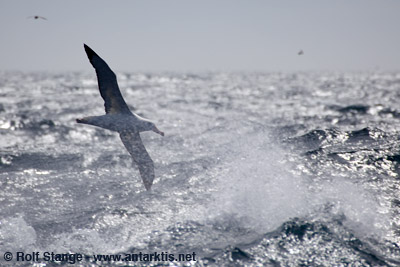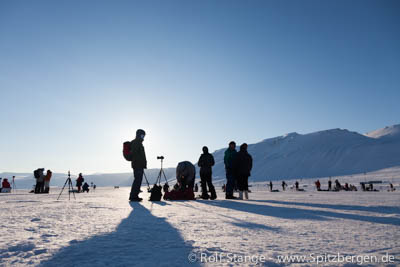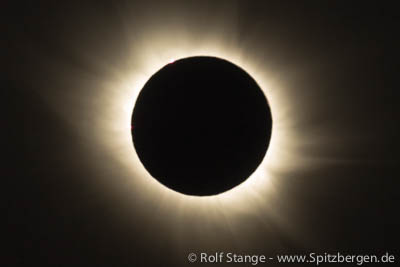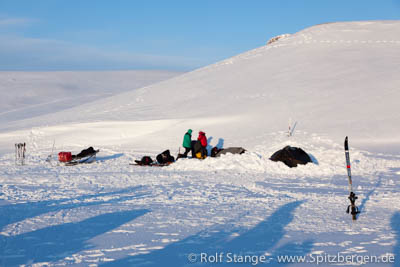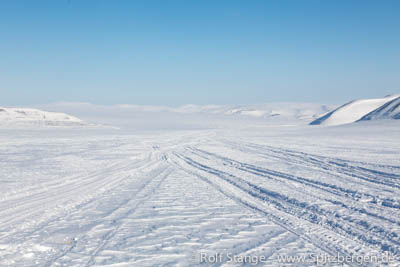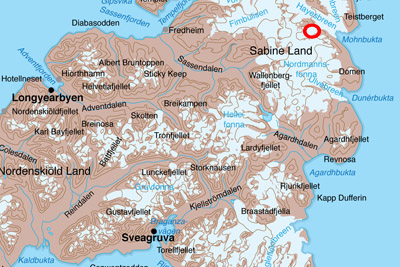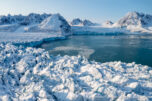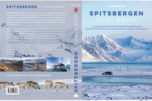-
current
recommendations- Liefdefjord
New page dedicated to one of Spitsbergen's most beautiful fjords. Background information and many photos.
- New Spitsbergen guidebook
The new edition of my Spitsbergen guidebook is out and available now!
- Liefdefjord
New page dedicated to one of Spitsbergen's most beautiful fjords. Background information and many photos.
Page Structure
-
Spitsbergen-News
- Select Month
- May 2025
- April 2025
- March 2025
- February 2025
- January 2025
- December 2024
- November 2024
- October 2024
- September 2024
- August 2024
- July 2024
- June 2024
- May 2024
- April 2024
- March 2024
- February 2024
- January 2024
- December 2023
- November 2023
- October 2023
- September 2023
- August 2023
- July 2023
- June 2023
- May 2023
- April 2023
- March 2023
- February 2023
- January 2023
- December 2022
- November 2022
- October 2022
- September 2022
- August 2022
- July 2022
- June 2022
- May 2022
- April 2022
- March 2022
- February 2022
- January 2022
- December 2021
- November 2021
- October 2021
- September 2021
- August 2021
- July 2021
- June 2021
- May 2021
- April 2021
- March 2021
- February 2021
- January 2021
- December 2020
- November 2020
- October 2020
- September 2020
- August 2020
- July 2020
- June 2020
- May 2020
- April 2020
- March 2020
- February 2020
- January 2020
- December 2019
- November 2019
- October 2019
- September 2019
- August 2019
- July 2019
- June 2019
- May 2019
- April 2019
- March 2019
- February 2019
- January 2019
- December 2018
- November 2018
- October 2018
- September 2018
- August 2018
- July 2018
- June 2018
- May 2018
- April 2018
- March 2018
- February 2018
- January 2018
- December 2017
- November 2017
- October 2017
- September 2017
- August 2017
- July 2017
- June 2017
- May 2017
- April 2017
- March 2017
- February 2017
- January 2017
- December 2016
- November 2016
- October 2016
- September 2016
- August 2016
- July 2016
- June 2016
- May 2016
- April 2016
- March 2016
- February 2016
- January 2016
- December 2015
- November 2015
- October 2015
- September 2015
- August 2015
- July 2015
- June 2015
- May 2015
- April 2015
- March 2015
- February 2015
- January 2015
- December 2014
- November 2014
- October 2014
- September 2014
- August 2014
- July 2014
- June 2014
- May 2014
- April 2014
- March 2014
- February 2014
- January 2014
- December 2013
- November 2013
- October 2013
- September 2013
- August 2013
- July 2013
- June 2013
- May 2013
- April 2013
- March 2013
- February 2013
- January 2013
- December 2012
- November 2012
- October 2012
- September 2012
- August 2012
- July 2012
- June 2012
- May 2012
- April 2012
- March 2012
- February 2012
- January 2012
- December 2011
- November 2011
- October 2011
- September 2011
- August 2011
- May 2011
- April 2011
- March 2011
- February 2011
- January 2011
- December 2010
- November 2010
- September 2010
- August 2010
- July 2010
- June 2010
- May 2010
- April 2010
- March 2010
- February 2010
- November 2009
- October 2009
- August 2009
- July 2009
- June 2009
- May 2009
- April 2009
- March 2009
- February 2009
- January 2009
- December 2008
- November 2008
- October 2008
- August 2008
- July 2008
- June 2008
- May 2008
- April 2008
- March 2008
- February 2008
- April 2000
- Select Month
-
weather information
-
Newsletter

| Guidebook: Spitsbergen-Svalbard |
Home → March, 2015
Monthly Archives: March 2015 − News
Joyous news from the Habitat Restoration Project in South Georgia
Good news from the Habitat Restoration Project in South Georgia in the news section of the antarctic counterpart of this website (click here).
Seabirds near South Georgia: thanks to the Habitat Restoration Project, populations especially of smaller species can be expected to increase significantly in years to come.
Solar eclipse in Spitsbergen: total darkness – total success
The weather Gods were on our side today here in Spitsbergen during the solar eclipse: some thin clouds cleared up during the morning to give an undisturbed view of a brilliantly clear sky. Thousands of visitors and locals went to Adventdalen near Longyearbyen to observe the spectacle, and the tension was rising when the totality approached at 11.12 a.m. local time.
Solar eclipses have been described many times and are, at the same time, indescribable, so I won’t try. I thought that those who said a total solar eclipse was still something completely different than a partial one were exaggerating, but it is completely true, and we are very glad to have seen it. Total darkness and total cold in the fingertips, but it was absolutely worth it. The moment the corona was blossoming … but I didn’t want to describe it. So: photos! Of course I took some photos, something that wasn’t that easy … can we please do it again? 😉
Visitors getting ready for the solar eclipse in Spitsbergen.
The solar eclipse in Adventdalen near Longyearbyen, 20th March 2015: partial phase.
The solar eclipse in Adventdalen near Longyearbyen, 20th March 2015: totality.
The solar eclipse in Adventdalen near Longyearbyen, 20th March 2015: the end of the totality.
Polar bear shot near Fredheim in Tempelfjord
Today (Thursday, 19th March) early morning around 6 a.m., a polar bear was shot near Fredheim in Tempelfjord after an attack on a camp. A Czech group was camping, the tents were secured with a polar bear alarm fence of the usual system (Norwegian military system with nylon string). The polar bear, said to be a small, presumably young animal, probably crept under the alarm string into the camp without triggering any alarm.
The bear then dragged one man out of a tent, injuring him in his face and arm. Another man shot three times with a rifle at the bear, injuring him, but not killing him. The polar bear then dropped the man and ran away.
Soon, the Sysselmannen (police) was there, found the bear and shot him (or her).
The injured man was brought to hospital. It can be assumed that his injuries are only minor, as the group assumes he can be back with them on Sunday to continue the trip.
The camp is only a few hundred metres from the shore and ice edge. Polar bears are regularly seen in Tempelfjord in spring, most recently just a few days ago. Close to the camp that has been attacked, there are two more, larger camps.
This author happened to be in the same area just a few hours later, initially without knowing about the incident, and talked to the Czech group at their camp.
The camp which was attacked by a polar bear which was later shot near Fredheim in Tempelfjord.
Solar eclipse is coming closer in Spitsbergen
The solar eclipse that will cast darkness over northern Europe for some minutes on Friday is getting closer and excitements are rising. Since the first foggy views of Friday the 20th emerged in the crystal balls of the the first brave long term weather forecasters, speculation about the all-importnat weather is growing and growing. Conclusion: it may or may not work. And of course the 20th of March is analyzed in hindsight, putting statistics covering more than 10 years together. Conclusion: it may or may not work.
Longyearbyen has prepared a lot: lectures explaining the phenomenon are scheduled to prepare the public for the astronomic event, eclipse eye protection is in stock, a brochure has been produced, cultural events organized to keep people busy anyway and a T-Shirt with a printed something resembles a burnt fried egg and the words “Eclipse Svalbard 2015” is available in the shops. In Adventdalen, a short walk from town, a camp is prepared in a location where the sun will be above the mountains on Friday, so guests have a place to warm up a little bit and the opportunity to get some food.
From today (Wednesday), Longyearbyen airport will receive charter and private flights every day, bringing several thousand visitors here until Friday morning, so Longyearbyen will have its first real mass tourist event now, and very likely the last one for a long time (until it applies for the Olympic games or the football world championship, but that is currently not on the agenda). All available hotels are said to have been fully booked since 2007, and many locals have rented their flats out for prices that correspond to the astronomic nature of the event.
Now everybody is curious about the weather on Friday, clouds or clear skies, that will be the all-important factor. Many are secretly hoping for a solar eclipse with northern lights, which is actually possible … and whatever happens, there will be photos of the event on this website.
Solar eclipse with northern lights. A fantasy of the author, made visible with some computer help.
South Georgia: rats, birds and “The Mists of Time”
Die Nebel der Zeit, our German translation of James McQuilken’s book “The Mists of Time”, has helped to clear 2 hectares of South Georgia of rats in 2014 🙂 for more information about the ongoing Habitat Restoration Project of the South Georgia Heritage Trust, click here (antarctic.eu news).
In 2014, the book Die Nebel der Zeit helped to finance the South Georgia Habitat Restoration Project on 2 hectares of South Georgia.

Happy end to long SAR operation
A large SAR (search and rescue) operation was started in the early afternoon of Wednesday, March 12, when 3 men had not returned back to Longyearbyen from their trip to the east coast of Spitsbergen. The private group, all locals from Longyearbyen in their 30ies, left for the east coast with snow mobiles on Monday and should have returned Tuesday evening or later that night. As they did not return to their jobs on Wednesday, their boss alarmed the authorities (Sysselmannen).
Sysselmannen and Red Cross started a SAR operation with 2 helicopters, which lasted the whole afternoon on Wednesday, without any result for many hours. Next to several huts on the east coast which can be used by locals, an immensely large area had to be checked. The group had not informed anyone in Longyearbyen about the exact details of their plans, nor did they have a satellite beacon or satellite telephone which would, very likely, have made the SAR operation much shorter and easier.
In spite of darkness, the emergency forces kept going in the evening and found the 3 men shortly after 11 p.m. on Königsbergbreen. They had given an emergency signal, probably using a torch, and could be transported back to Longyearbyen with some undercooling, but generally in good condition. They were taken to the hospital for medical examination.
Königsbergbreen is a large glacier near the east coast of Spitsbergen, north of Mohnbukta, and part of a frequently travelled route.
The cause for the delay is not yet known in public. Technical difficulties with snow mobiles are certainly possible, including getting stuck in deep, soft snow after periods of snowfall.
In this area, tourists are obliged to inform authorities about their plans well in advance, they have to have insurance for SAR operations and a satellite emergency beacon. Locals do not have this legal obligation.
Königsbergbreen in fine weather.
The position of Königsbergbreen near Mohnbukta on the east coast of Spitsbergen. © base map: Norwegian Polar Institute, cartography by Rolf Stange.
Source: Sysselmannen, Svalbardposten.
News-Listing live generated at 2025/May/09 at 16:57:28 Uhr (GMT+1)
